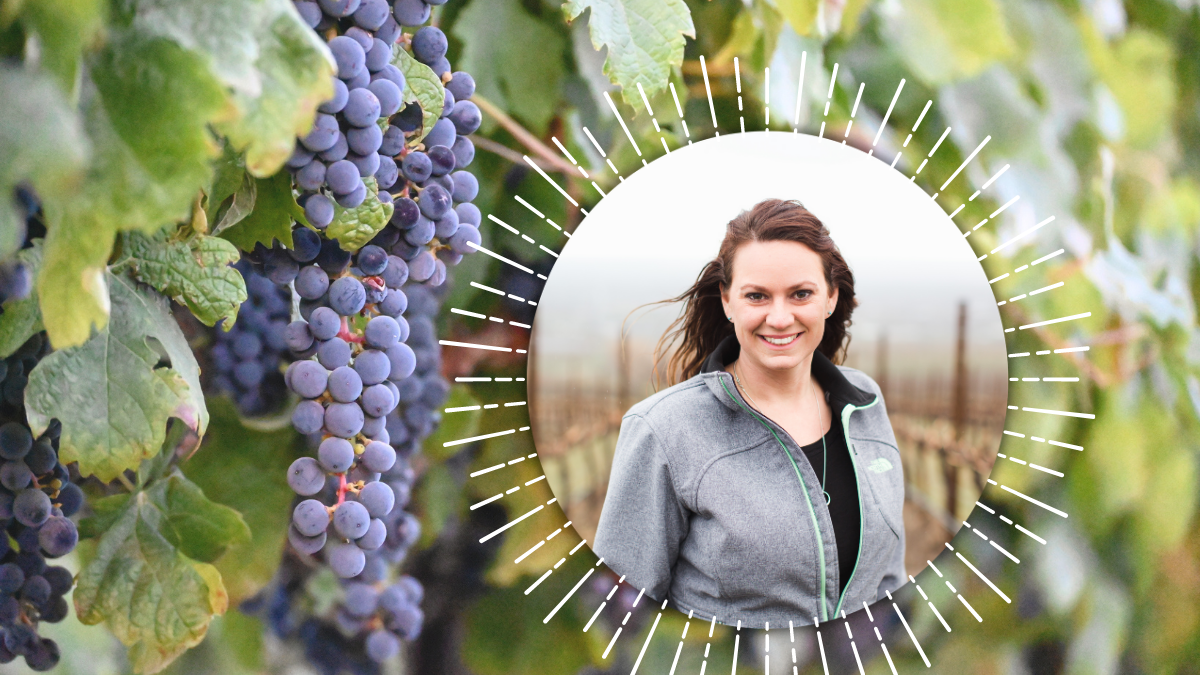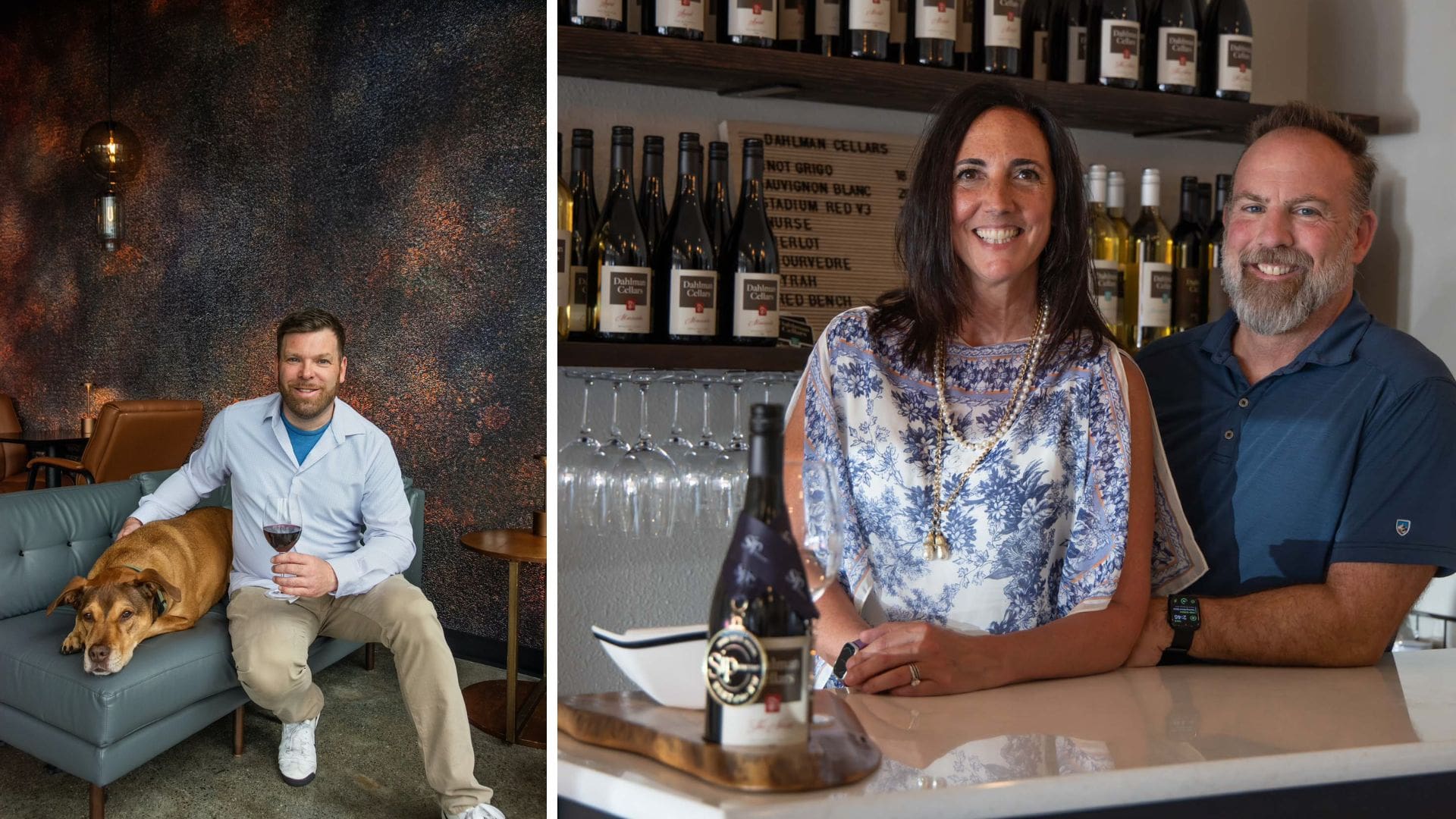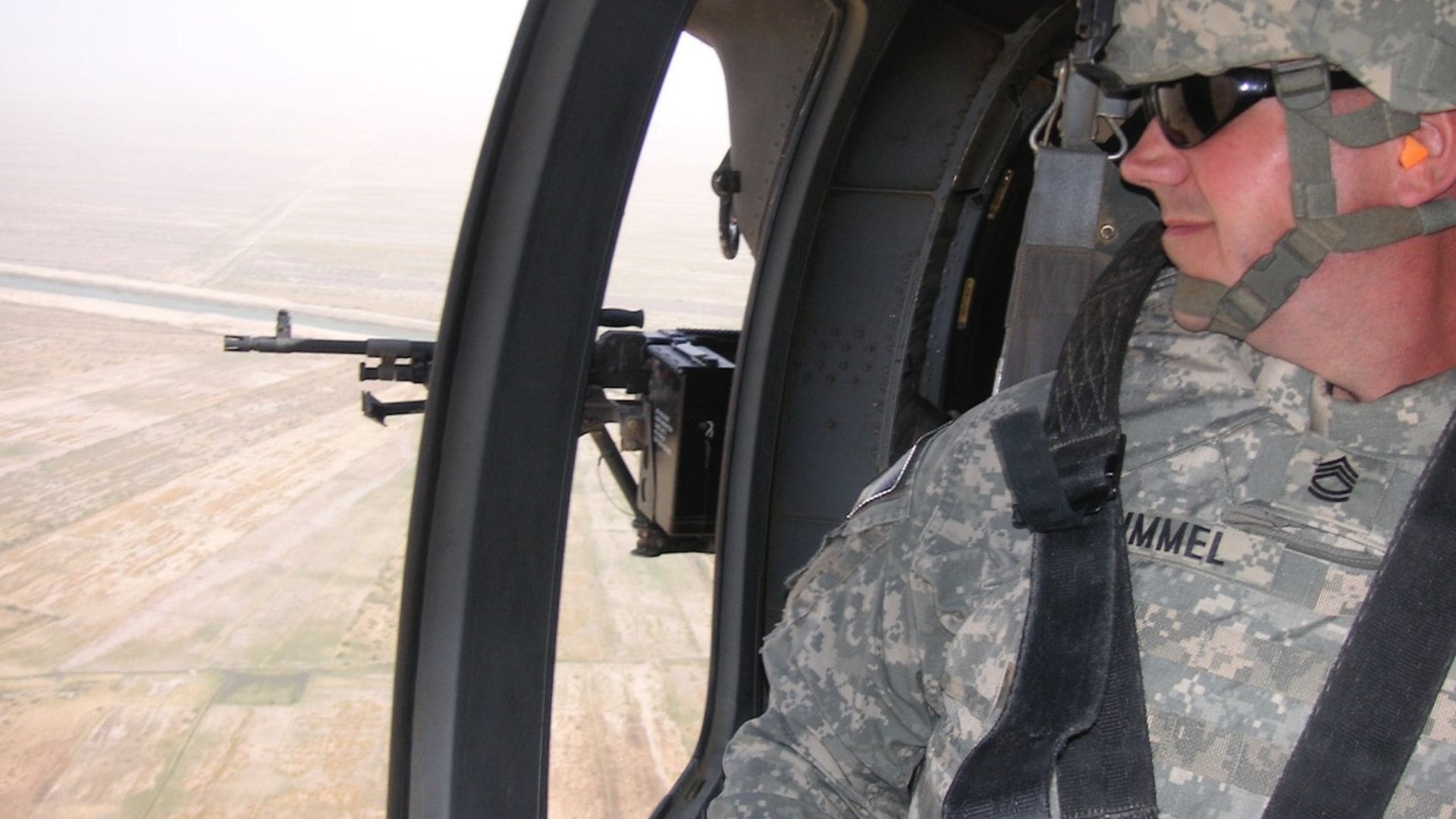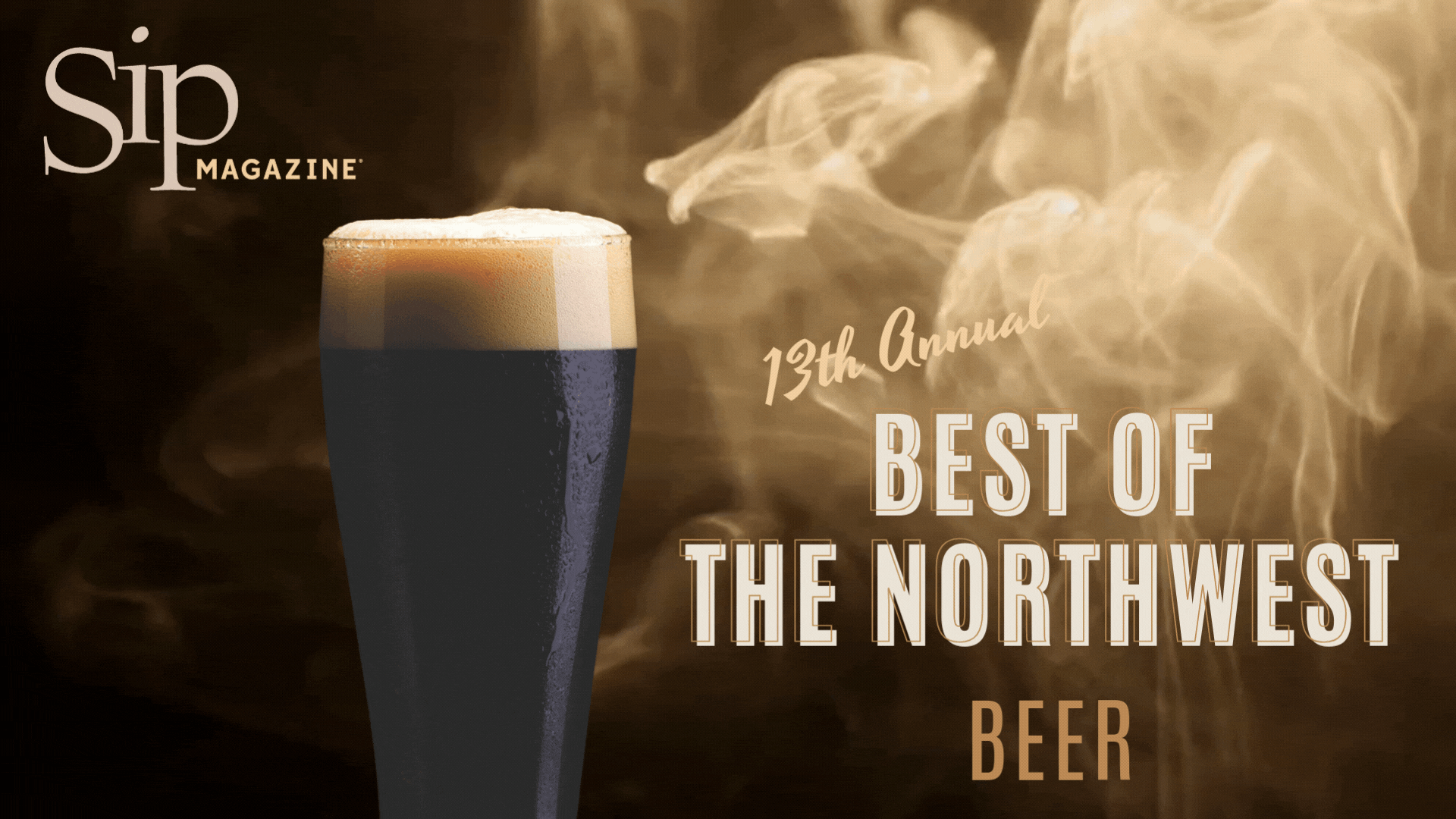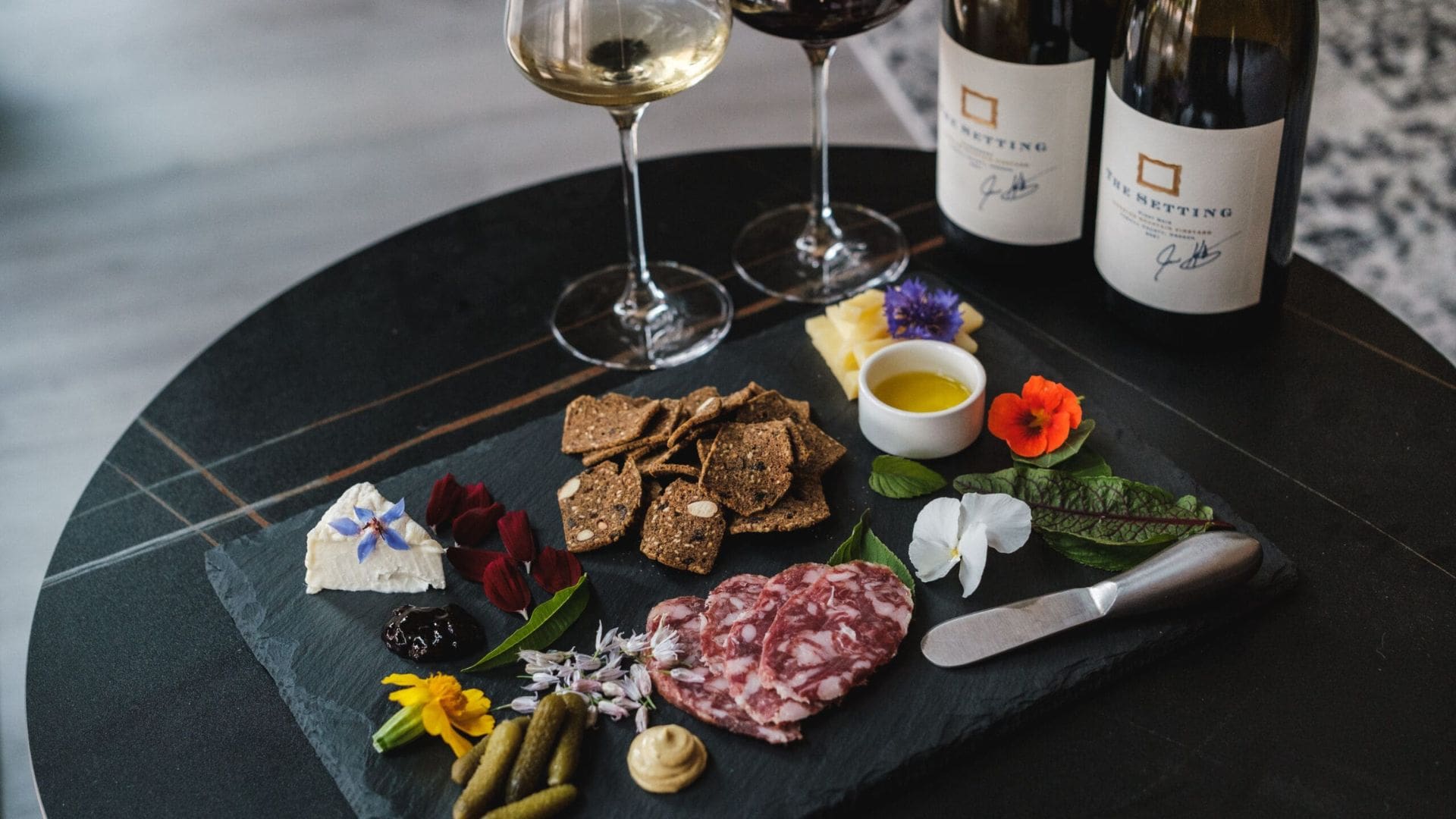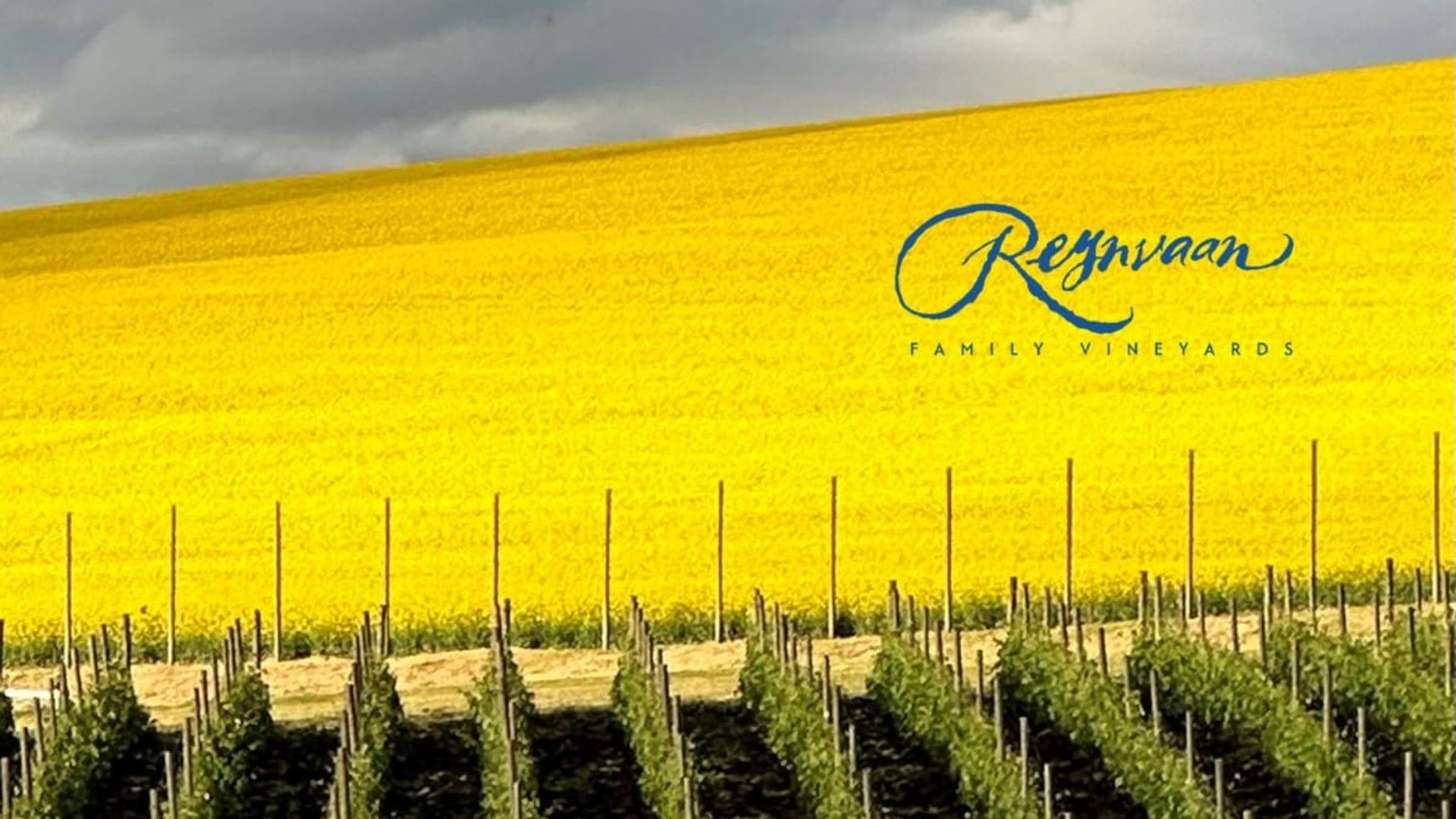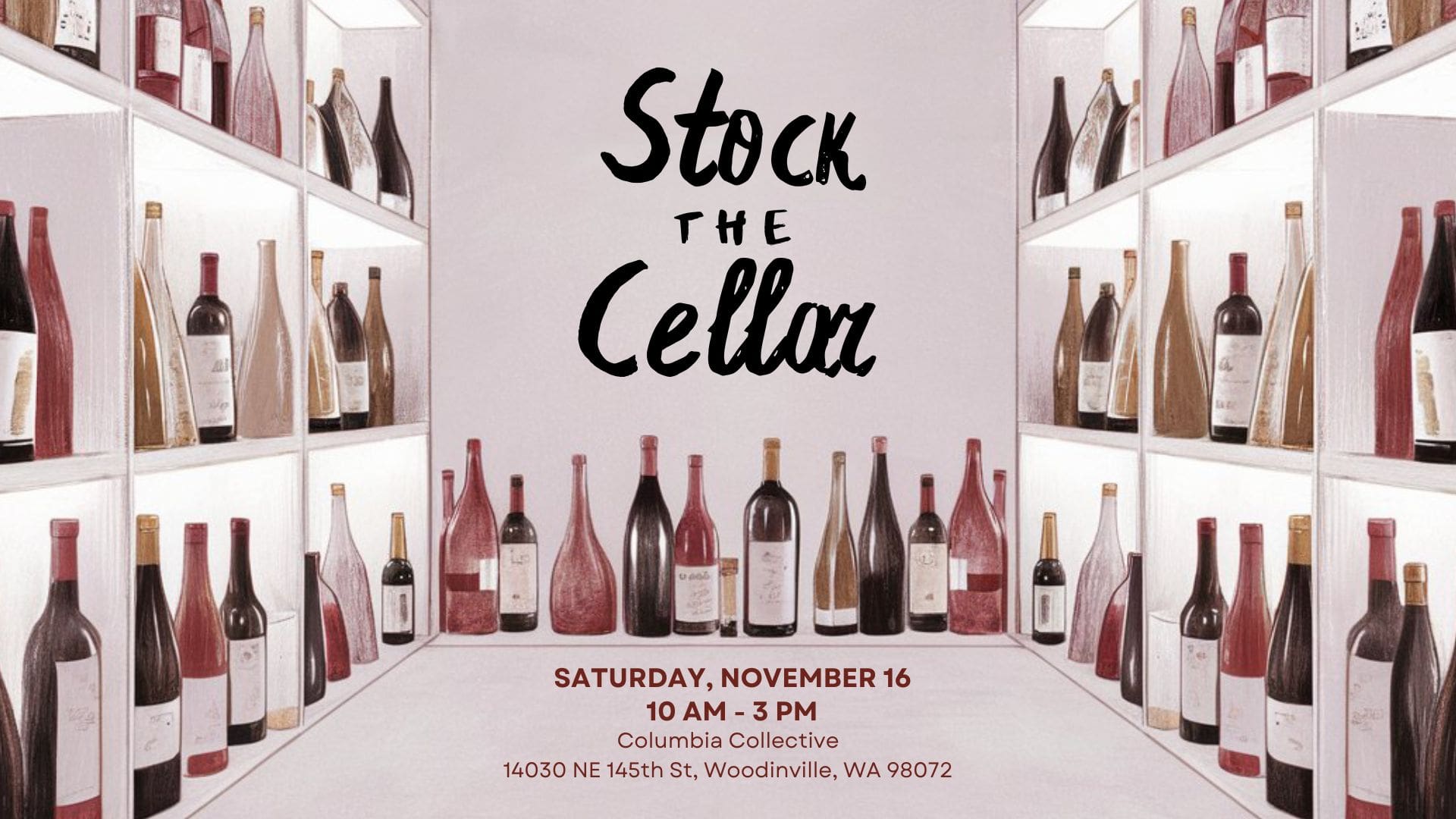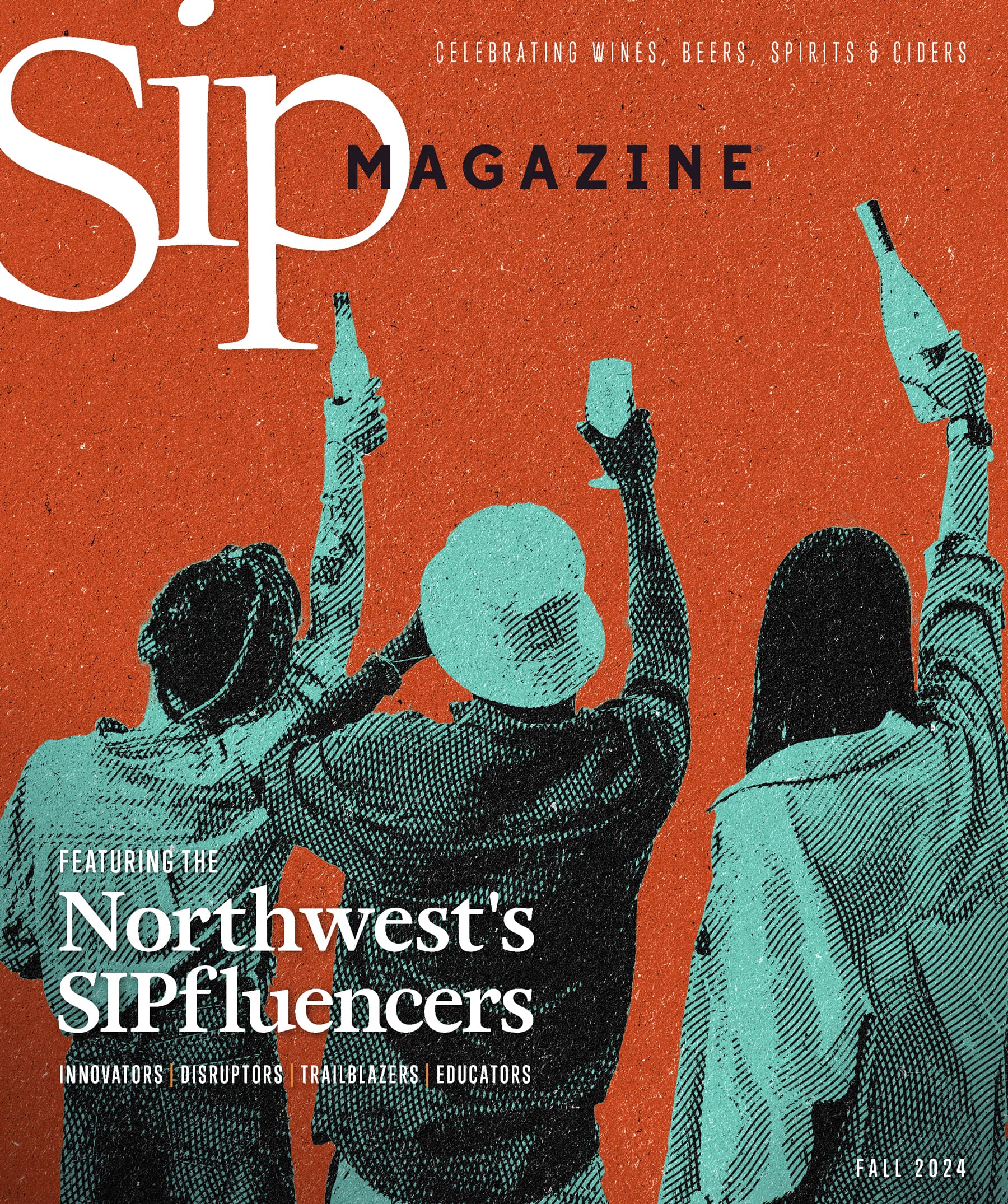When Washington Winegrowers felicitated Sadie Drury for the prestigious Grower of the Year Award, there were few people as surprised as Drury herself by the well-deserved accolade. She is not only the second woman since 1989, but also the youngest person to be so honored.
Drury, a Walla Walla native, grew up intrigued by the rolling vineyards around her as a child – but didn’t actually set foot in one until well after graduating high school. A whirlwind date with a winemaker took her inside an actual vineyard, and she found herself smitten with the grapevines. This fuelled her curiosity for all-things-wine and became the starting point of her wine journey.
Drury went on to become a graduate of the Walla Walla Community College School of Enology and Viticulture Program. Today, she is a proud winegrower, viticulturist and vineyard manager. As the GM of North Slope Management, Drury leads a team that manages six vineyards, most famously, Seven Hills Vineyard. The sheer scope of her work ranges from making sustainable farming decisions to grape sales, to helping winemakers shape their wines.
Winemaking is both an art and science, and winemakers are undoubtedly the hailed heroes of the wine industry. But the fact is, to make great wine, winemakers need great grapes to begin with. Drury is one of the people who work their magic behind the scenes, and markedly influence a wine’s journey from grape to glass.
What are your earliest memories related to grape growing? How has the wine-scape in Walla Walla changed through the years?
Having been born and raised in Walla Walla, grapevines and wineries have always been around. Throughout my childhood, I dreamt of taking a walk or riding a horse through the vines. After a brief time away, when I returned to Walla Walla in 2004 there were even more vineyards and wineries in the valley. I loved getting out to the wineries and tasting the wine, but it wasn’t until 2007 when I went on a date with a winemaker that I actually got to be in a vineyard. We rode an ATV through the rows and talked about the work that gets done to the vines. From that moment I was hooked and ready to learn about the vines and find a job in a vineyard. The winemaker and I didn’t last, but my love for the vineyards did.
In the 1980s and through the mid-’90s, Walla Walla really was just another small agricultural town in America. However, it’s been a lot of fun over the years to watch buildings be restored and neighborhoods improve. With wine came increased tourism, with increased tourism came more community money, and with more community money Walla Walla has really turned into a spectacular place to live. I am incredibly thankful my husband and I decided to stay and make Walla Walla our forever home.
What is your style of grape farming and how is it reflected in the final bottlings?
Farming can make or break the quality of the wine. In almost every situation, the more attention and care that goes into a vineyard, the better the wine will be. Farming styles will create different flavor profiles in the wine as well. I have neighbors who farm in an environmentally conscious manner but may have different irrigation strategies and a slightly different nutrient program. These small farming differences influence the final wine as much as having different winemakers would. This aspect of viticulture is so incredibly fascinating. People don’t buy an apple or head of lettuce from the store and attempt to taste where and how it was grown. Wine grapes are the exact opposite. Each person who grows high-end wine grapes is looking to create a unique end product just like the winemaker is. Our hope is that the consumer recognizes that.
For every decision in the vineyard, I keep the three pillars of sustainable agriculture in mind. Is this decision the best decision possible for the land and water? For my employees and consumers? For my business? With the three pillars weighted equally, I know I am creating a place that will be around for many years beyond my time here.
What have been your favorite vintages in your many years of working in Walla Walla?
It’s hard to have a favorite vintage as a grower. I look at each one that has something unique to offer. For example, 2015 was an incredibly tough farming year, but it pushed me to be comfortable making decisions in the face of adversity. 2017 was a tough vintage to farm, too, partially because of the weather and partially because I had a newborn, but it is my favorite vintage to drink in a long time. I like to call 2018 a “unicorn vintage” because it was such an easy year to farm, but the verdict is still out on the wines.
You’re a winegrower, vineyard manager and viticulturist – when you are not working with grapes, what do you do?
I love to spend time with my family. I have two daughters and an amazing husband and they are the most important thing in my life. We spend a lot of time outdoors together. I’m also really lucky to live in the same town as my parents. We still do a lot of family meals and weekend trips together. Beyond my family, you can find me out riding my horse Sam, going for a run, taking photos, or hanging out with my friends. Having healthy outlets is what keeps me sane when my work schedule gets tough.

